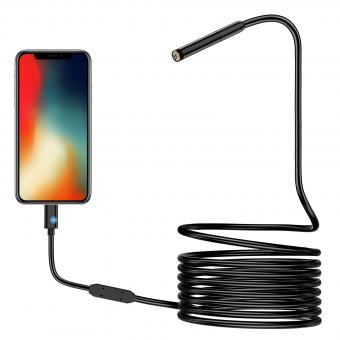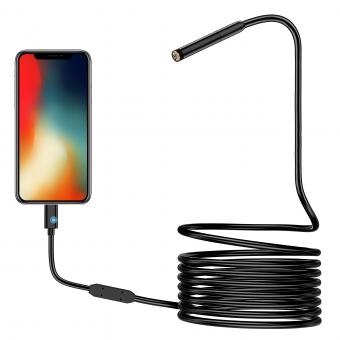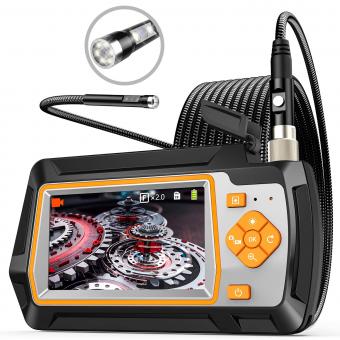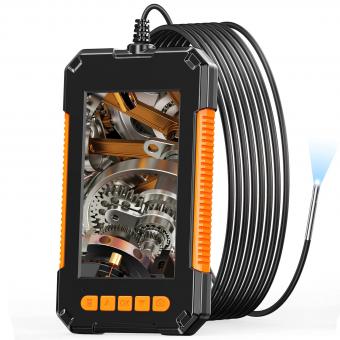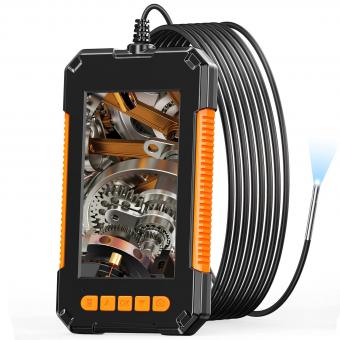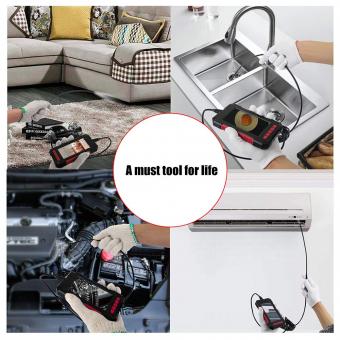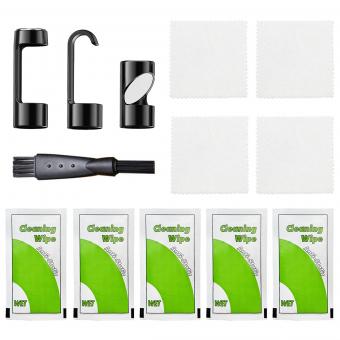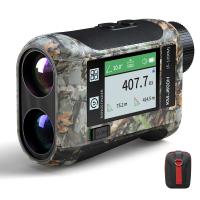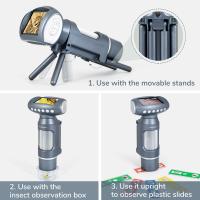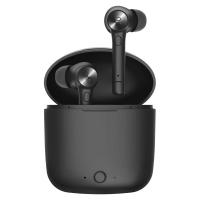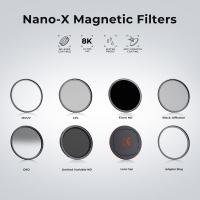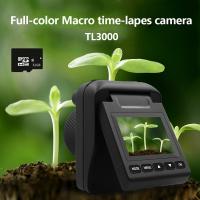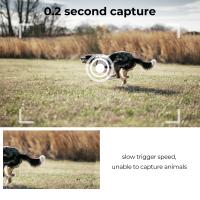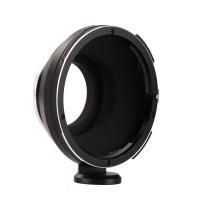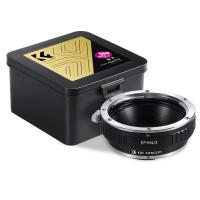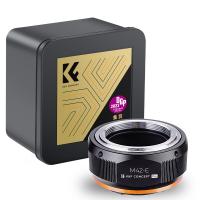How To Repair Rigid Endoscope?
Repairing a rigid endoscope typically involves disassembling the device, identifying the damaged or malfunctioning component, and replacing or repairing it. The specific steps and tools required will depend on the type and model of the endoscope, as well as the nature of the damage.
Common issues that may require repair include broken or damaged lenses, faulty light sources, and damaged or worn cables. In some cases, the endoscope may need to be sent to a specialized repair facility for more extensive repairs or calibration.
It is important to follow proper safety procedures when working with endoscopes, including wearing appropriate personal protective equipment and ensuring that the device is properly sterilized before and after use. It is also recommended to consult the manufacturer's instructions or seek the advice of a qualified technician before attempting any repairs.
1、 Cleaning and disinfection procedures
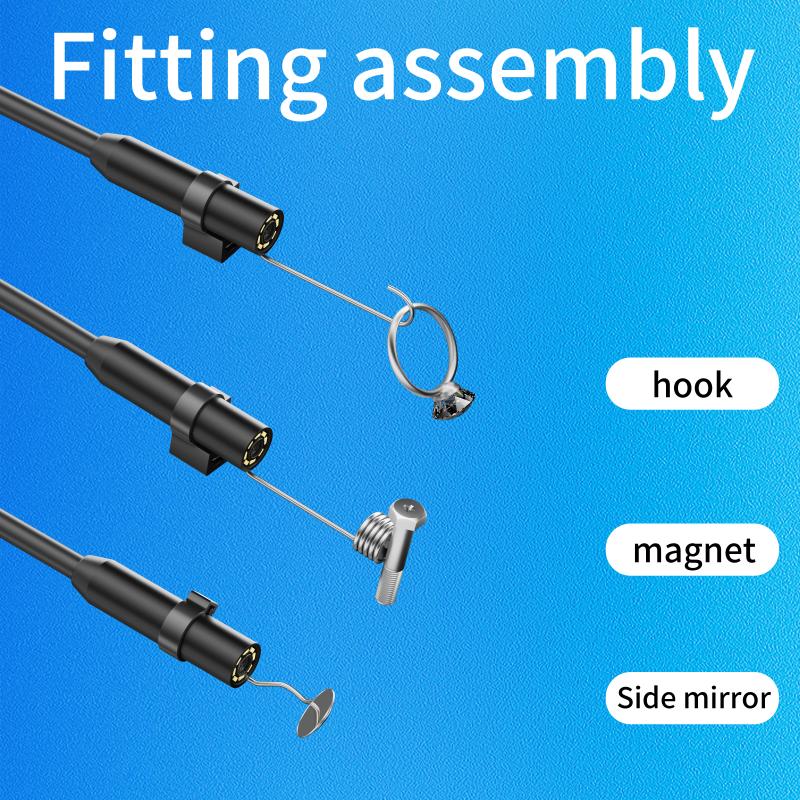
Cleaning and disinfection procedures are essential for maintaining the functionality and safety of rigid endoscopes. However, if a rigid endoscope is damaged or not functioning correctly, it may require repair. Here are some steps on how to repair a rigid endoscope:
1. Identify the problem: Before attempting any repairs, it is essential to identify the problem with the rigid endoscope. This can be done by inspecting the instrument and testing its functionality.
2. Disassemble the endoscope: Once the problem has been identified, the endoscope must be disassembled to access the damaged or malfunctioning parts.
3. Replace damaged parts: Depending on the problem, the damaged or malfunctioning parts may need to be replaced. It is essential to use high-quality replacement parts to ensure the endoscope's functionality and safety.
4. Reassemble the endoscope: After replacing any damaged parts, the endoscope must be reassembled carefully. It is crucial to follow the manufacturer's instructions and use the correct tools to avoid damaging the instrument.
5. Test the endoscope: Once the endoscope has been reassembled, it must be tested to ensure that it is functioning correctly. This can be done by performing a visual inspection and testing the instrument's functionality.
It is important to note that repairing a rigid endoscope can be a complex process and should only be attempted by trained professionals. Additionally, regular maintenance and proper cleaning and disinfection procedures can help prevent the need for repairs and extend the life of the instrument. The latest point of view is that some manufacturers offer repair services for their endoscopes, and it is recommended to contact the manufacturer for repair services or guidance on repairing the instrument.
2、 Inspection of the endoscope for damage
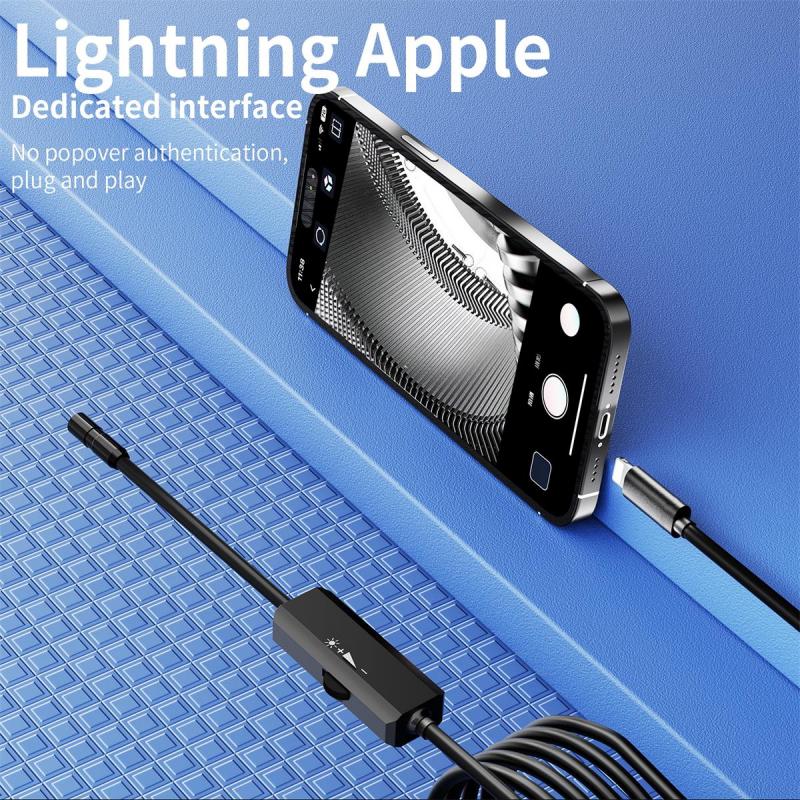
How to repair rigid endoscope:
1. Inspection of the endoscope for damage: Before attempting any repairs, it is important to inspect the endoscope for any visible damage. This includes checking the lenses, light source, and any other components for cracks, scratches, or other signs of wear and tear.
2. Identify the problem: Once any visible damage has been ruled out, the next step is to identify the problem. This may involve testing the endoscope to determine if it is functioning properly, or examining the images produced by the endoscope to identify any issues with clarity or focus.
3. Repair or replace damaged components: If any components are found to be damaged, they will need to be repaired or replaced. This may involve replacing lenses, light sources, or other components, or repairing any cracks or scratches that are affecting the performance of the endoscope.
4. Calibration and testing: Once any repairs have been made, the endoscope will need to be calibrated and tested to ensure that it is functioning properly. This may involve adjusting the focus or other settings to optimize image quality, or testing the endoscope in a variety of conditions to ensure that it is reliable and accurate.
5. Ongoing maintenance: To ensure that the endoscope continues to function properly over time, it is important to perform regular maintenance and cleaning. This may involve cleaning the lenses and other components, replacing any worn or damaged parts, and testing the endoscope periodically to ensure that it is still functioning properly.
3、 Replacement of damaged parts
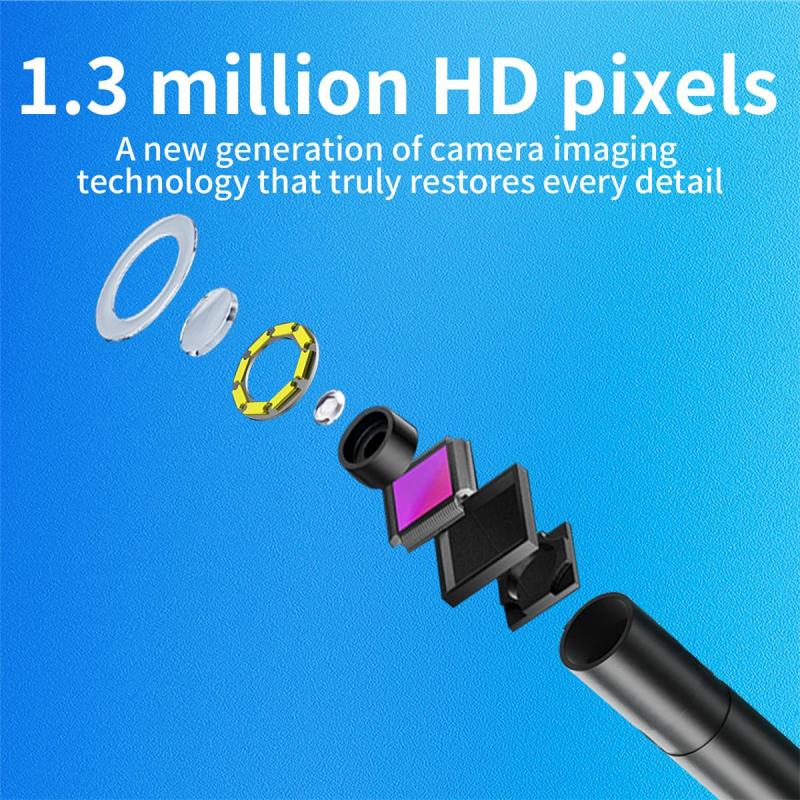
How to repair rigid endoscope? One of the most common ways to repair a rigid endoscope is through the replacement of damaged parts. This involves identifying the specific part that needs to be replaced, such as the lens or the light source, and then sourcing a replacement part that is compatible with the endoscope model.
Once the replacement part has been obtained, the repair process can begin. This typically involves disassembling the endoscope, removing the damaged part, and then installing the replacement part in its place. It is important to follow the manufacturer's instructions carefully during this process to ensure that the endoscope is reassembled correctly and functions properly.
In addition to replacing damaged parts, it is also important to regularly maintain and clean the endoscope to prevent damage and ensure optimal performance. This includes cleaning the lens and other components after each use, as well as regularly inspecting the endoscope for any signs of wear or damage.
It is worth noting that advances in technology have led to the development of more durable and reliable endoscopes, which may require less frequent repairs and maintenance. However, even the most advanced endoscopes may still require occasional repairs or replacement of parts due to wear and tear or accidental damage.
4、 Lubrication of moving parts
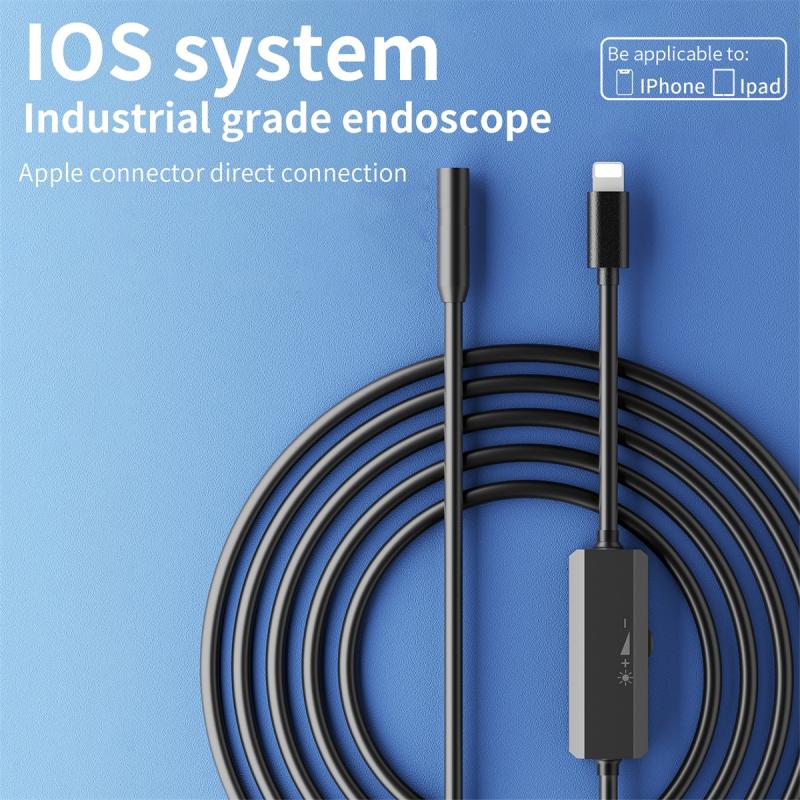
How to repair rigid endoscope: Lubrication of moving parts
One of the most important aspects of maintaining a rigid endoscope is ensuring that all moving parts are properly lubricated. This includes the insertion tube, the bending section, and the control knobs. Without proper lubrication, these parts can become stiff and difficult to move, which can lead to damage or malfunction.
To lubricate the moving parts of a rigid endoscope, you will need a high-quality medical-grade lubricant. This lubricant should be applied sparingly to the parts that need lubrication, using a small brush or applicator. It is important to avoid using too much lubricant, as this can cause the parts to become slippery and difficult to control.
In addition to regular lubrication, it is also important to clean the moving parts of the endoscope after each use. This can be done using a soft cloth or brush, along with a mild detergent solution. It is important to avoid using harsh chemicals or abrasive materials, as these can damage the delicate components of the endoscope.
Finally, it is important to have your rigid endoscope serviced regularly by a qualified technician. This will ensure that all moving parts are properly lubricated and maintained, and that any potential issues are identified and addressed before they become more serious.
In recent years, there has been a growing trend towards the use of disposable endoscopes, which do not require lubrication or maintenance. While these devices can be more convenient and cost-effective in some cases, they may not be suitable for all applications, and may not provide the same level of image quality or durability as a high-quality rigid endoscope.

